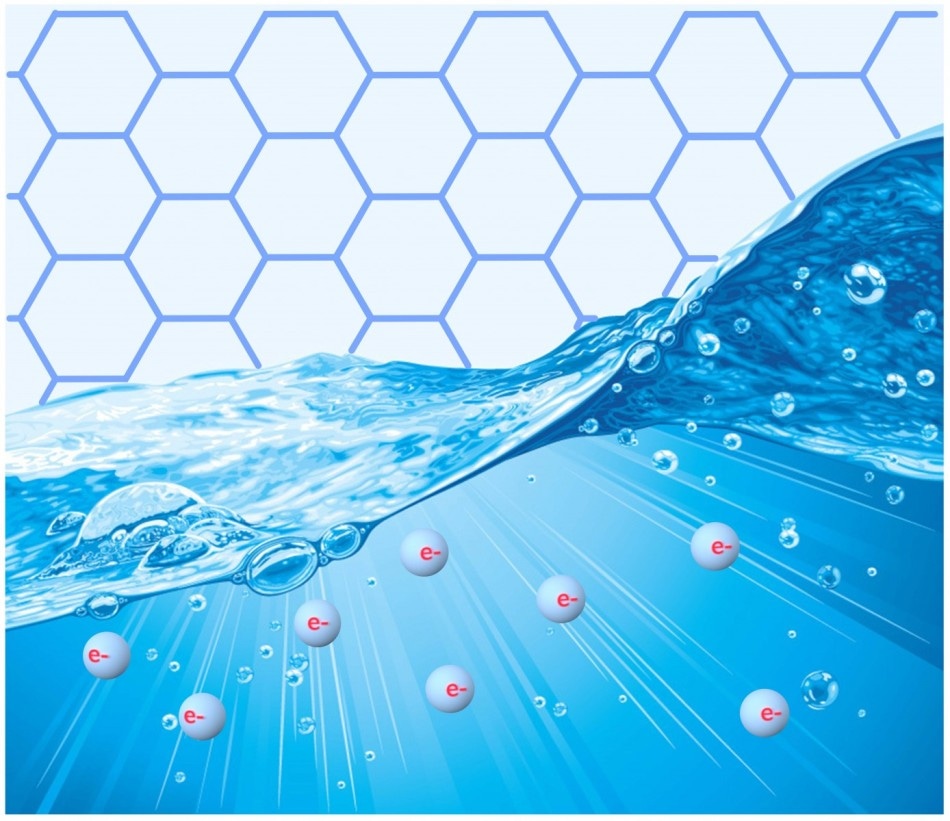Aug 23 2017
Compared to copper, graphene is much more conductive, partly due to its 2D structure. In a majority of metals, conductivity is restricted by crystal flaws which cause electrons to often scatter like billiard balls when they travel through the material.
 Credit: The University of Manchester
Credit: The University of Manchester
Recently, observations in experiments at the National Graphene Institute have offered vital insights as to the strange behavior of electron flows in graphene, which should be taken into account in the design of advanced Nano-electronic circuits.
In certain high-quality materials, like graphene, electrons can move micron distances without scattering, enhancing the conductivity by orders of magnitude. This so-called ballistic regime enforces the maximum possible conductance for any standard metal, which is defined by the Landauer-Buttiker formalism.
A team of Researchers at The University of Manchester, in partnership with Theoretical Physicists led by Professor Marco Polini and Professor Leonid Levitov demonstrate that Landauer’s fundamental limit can be breached in graphene. Even more interesting is the mechanism responsible for this. The research findings appear in Nature Physics.
In the previous year, a new field in solid-state physics termed ‘electron hydrodynamics’ created massive scientific interest. Three different experiments, including one done by The University of Manchester, showed that at specific temperatures, electrons collide with each other so often they begin to flow collectively like a viscous fluid.
The new study shows that this viscous fluid compared to ballistic electrons is even more conductive. The result is rather counter-intuitive, since normally scattering events serve to lower a material’s conductivity, because they obstruct movement within the crystal. However, when electrons collide with each other, they begin functioning together and ease current flow.
This occurs because certain electrons stay near the crystal edges, where momentum dissipation is maximum, and travel quite slowly. Simultaneously, they protect adjacent electrons from colliding with those regions. Therefore, some electrons become super-ballistic as they are directed via the channel by their friends.
We know from school that additional disorder always creates extra electrical resistance. In our case, disorder induced by electron scattering actually reduces rather than increase resistance. This is unique and quite counterintuitive: Electrons when make up a liquid start propagating faster than if they were free, like in vacuum.
Sir Andre Geim
The team measured the resistance of graphene constrictions, and discovered it reduces upon raising temperature, contrary to the usual metallic behavior estimated for doped graphene.
By exploring how the resistance across the constrictions alters with temperature, the Researchers showed a new physical quantity which they termed as the viscous conductance. The measurements allowed them to establish electron viscosity to such a high precision that the extracted values revealed extraordinary quantitative agreement with theory.